6 Ways to avoid harmful toxin from your kitchen
One of the most important reasons to switch from plastic food containers to stainless-steel containers is that they aren’t toxic. Plastic is made from toxic chemical compounds that could cause you harm. Stainless-metal containers can release tiny amounts of elements into your food. It is surprising that these elements offer actual health benefits and are protracted from being poisonous. Read on to find out about these elements and how they could advantage you.
There are four rare types from 300-grade stainless steel elements:
Iron (Fe)– The base material used in the manufacturing of steel is iron. While our body needs iron for the production of red blood cells, and stainless steel provides less than 20% of the total RDI.
Chromium (Cr)- Very much alike to iron, Chromium has proven effects on improving the human body’s reaction to insulin and decreasing blood sugar in people with diabetes. As per RDI standards a man or woman needs to intake 50-200mgs of chromium consistently a day.
Manganese (Mn) – All forms of life require the trace element of manganese. People consume manganese naturally through daily food intake. Some manganese-rich diet consists of rice, grains, eggs, olive oil, soya beans, nuts, green beans, and oysters.
Nickel – Out of all the elements released through steel, nickel is possibly the worst. It is not toxic when ingested in small quantities; however, it can cause an allergic reaction in some people. Even though the amount of nickel released by stainless-steel containers is less than consuming a nice steak or hamburger, a person with hypersensitivity should avoid stainless-steel products completely.
Apart from being a wise choice, stainless-steel lessen your carbon footprint, allowing you to do your part for the surroundings. Now that you are aware of the great qualities of stainless steel, let’s look at some ways you can avoid plastic toxicity.
We spend a subsequent amount of time preparing and choosing nutritious food for our families; it can be very disheartening to learn that the ingredients we use to cook, make, eat and store might put them at risk. Materials, for example, Teflon, BPA, lead, aluminum, phthalates, and melamine, are generally found in ordinary kitchenware items yet have been tied to severe health issues.
1. Avoid plastic as much as you can with regards to food and liquids. Hard plastics can contain BPA, which is a formative, neural, and regenerative poison. Researchers have connected low doses of BPA susceptibility to tumors, obesity, hyperactivity, and diabetes.
2. In any case, if you use plastic make sure –
- Choose BPA, PVC -Free plastic
- Do not heat in the microwave
- Do not store greasy, oily, or acidic food in plastic.
- Do not utilize scratched, severely worn, or shady plastics for your food and drinks.
- Avoid hard plastic melamine dishes. Made from combining synthetic melamine with formaldehyde, which is a cancer-causing agent and can drain in your food
3. When it comes to dishware, glass is an excellent choice, trailed by clay dishware with the free-lead coat. If you are worried about breakage – stainless steel is the next best option for your food.
4. Aluminum is a delicate, exceptionally receptive metal and is highly dispersible in the food while cooking. Aluminum has been associated with brain disorders as well as behavioral abnormalities and is deemed a toxic substance by the Agency of Toxic Substances & Disease Registry.
5. Avoid plastic spoons and lids when cooking as these can soften or chip with extraordinary warmth or wear out after some time conceivably making synthetic compounds move into food. Instead, pick stable materials, for example, wood, bamboo, silicone, or treated steel.
6. The most reliable materials for cookware and bakeware include glass, high-quality 304-grade stainless steel, cast iron, and ceramic cookware.


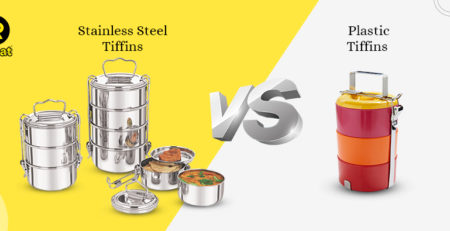
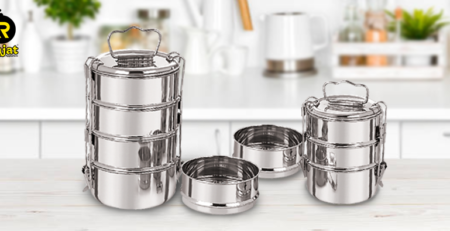

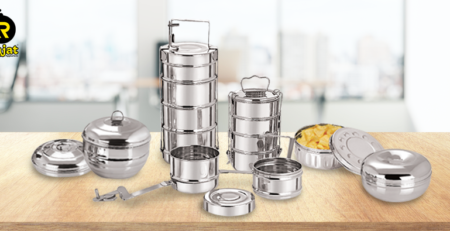
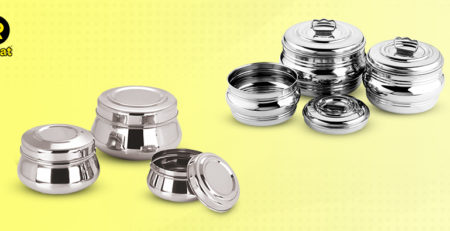
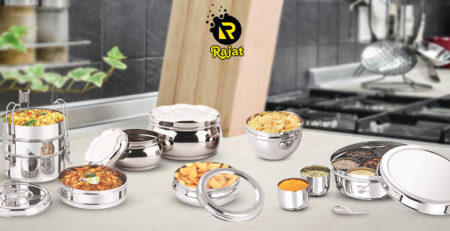
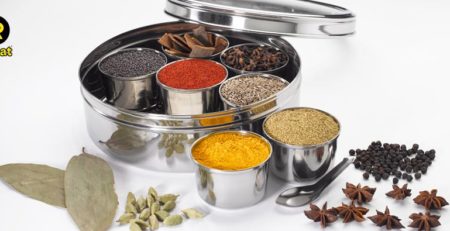
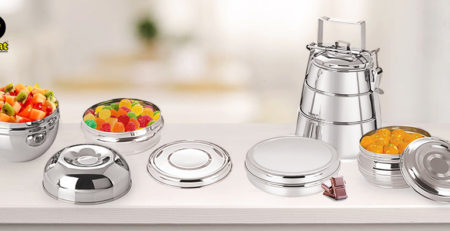
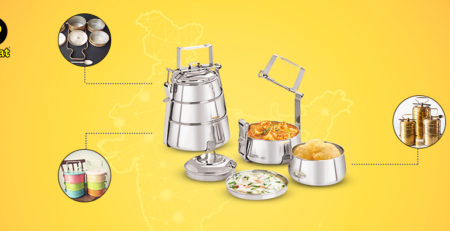
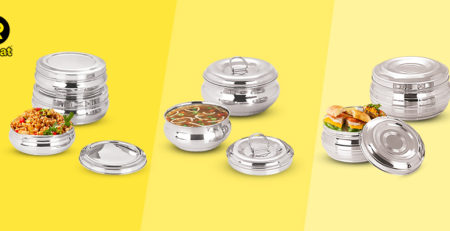

Leave a Reply